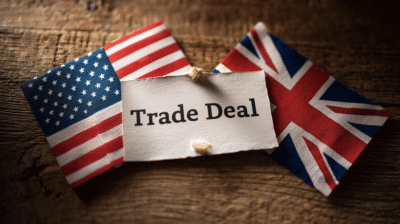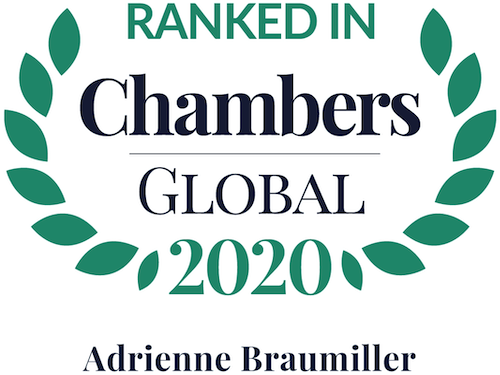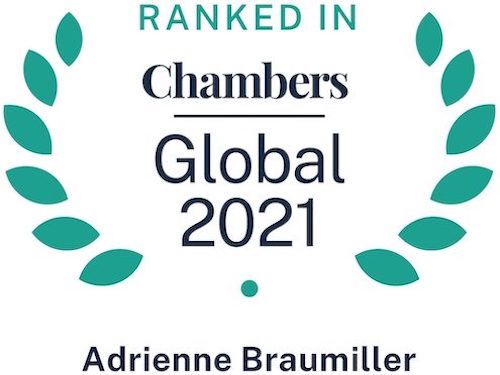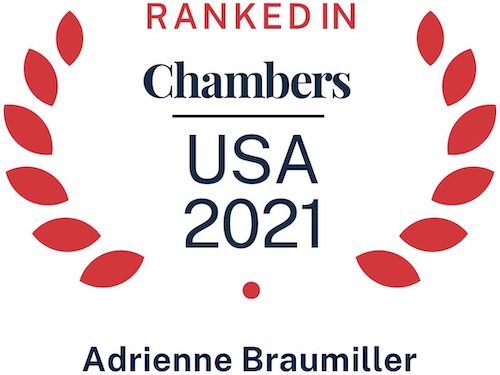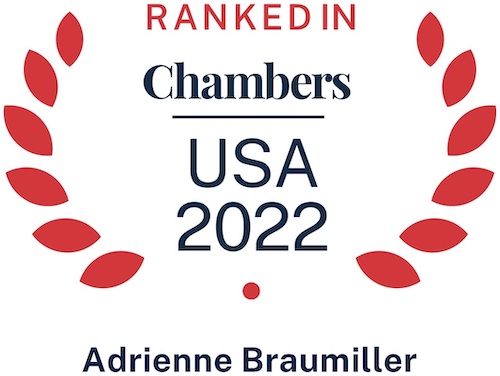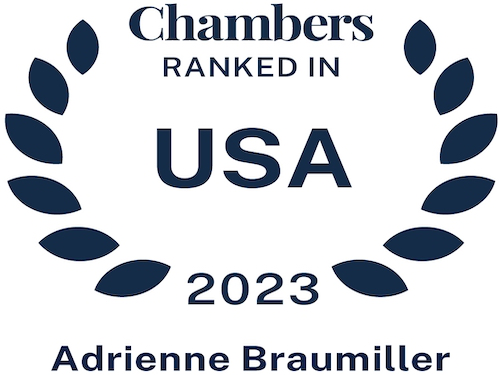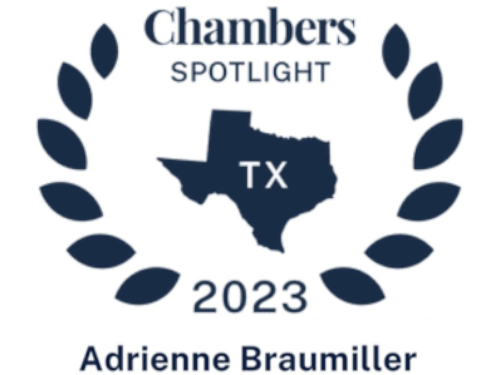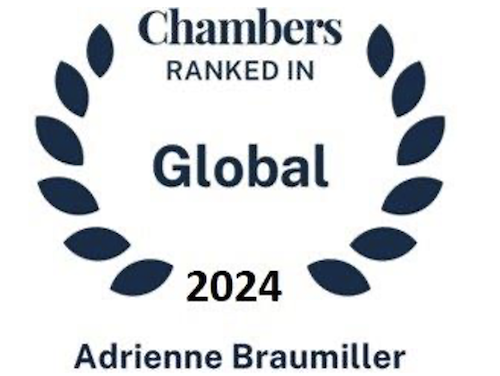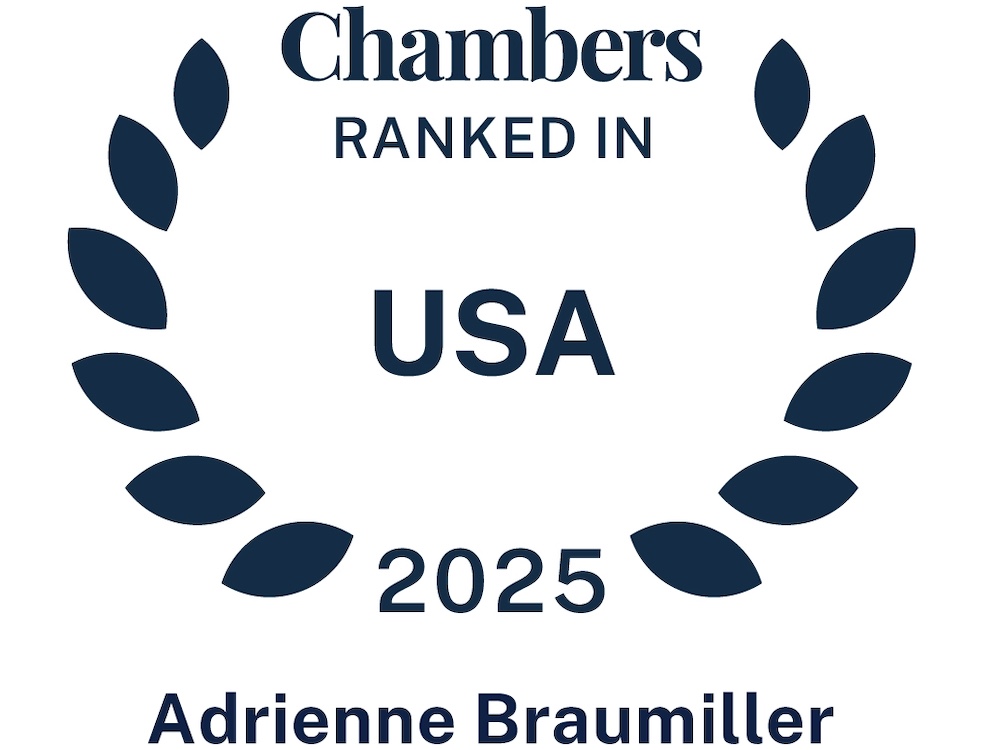The Art of the (UK) Deal
By Paul Fudacz, Partner, Braumiller Law Group and Olivia Van Pelt, Law Clerk, BLG
On May 8, 2025, the United States and United Kingdom (UK) unveiled the new trade terms of an “economic prosperity” deal.[1] This deal comes after President Trump imposed a 10% reciprocal tariff on all products from the UK and additional tariffs on steel and aluminum, and automobiles and automobile parts. While the 10% reciprocal tariff will remain in effect, the two countries were able to agree on alternative arrangements for steel and aluminum, automobiles, and other strategic sectors.
Specifically, on March 26, 2025, the President imposed 25% tariffs on automobiles and automobile parts imported into the U.S.[2] As exporters of Mini Coopers, Bentleys, Rolls-Royces, Aston Martins, and McLarens, the UK was eager to make an alternative agreement.
Under the deal, the U.S. agreed to a 10% tariff on the first 100,000 automobiles imported from the UK and a 25% tariff on imports above that threshold. As the country exported 102,000 cars to the U.S. last year, the 10% rate should cover almost all automobiles. Moreover, it is unclear at this time whether the 10% would be applied by removing the Most Favored Nation duty of 2.5% and then applying a 10% rate, or whether the additional tariff rate would be 7.5%.
Either way, this deal represents a huge win for UK automakers. As of today, the UK is the only country paying less than the 25% rate imposed on March 26, 2025. This gives the country an advantage over Canada and Mexico, which had enjoyed duty-free treatment for decades but now faces the 25% tariffs. The American Automotive Policy Council, which represents Detroit’s Big Three automakers, criticized the agreement, saying, “under this deal, it will now be cheaper to import a UK vehicle with very little U.S. content than a USMCA compliant vehicle from Mexico or Canada that is half American parts.”[3] Further, the council voiced concern that this preferential access for UK vehicles will set a poor precedent for future negotiations with other Asian and European competitors.
As for steel and aluminum, 25% additional tariffs took effect on March 12, 2025, after the Secretary of Commerce determined the decline in domestic steel and aluminum capacity was weakening the U.S. economy and threatening to impair national security.[4] According to this deal, the UK will work to “meet U.S. requirements on the security of the supply chains of steel and aluminum products intended for export to the United States and on the nature of ownership of relevant production facilities.” Once the UK meets these requirements, the U.S. will construct a quota at Most Favored Nation (MFN) rates, which are effectively 0%, for UK steel and aluminum and certain derivative products. Additionally, the White House said this deal “creates a new trading union for steel and aluminum,” however, the details of the union remain unknown.
The deal was made just in time as President Trump announced on May 30, 2025, at a rally in Pennsylvania, plans to double the tariffs on steel and aluminum from 25% to 50%. This increase was taken and the increased amount becoming effective on June 4, 2025, possibly rushing other nations to the negotiating table.
Another focus of the deal was agriculture. Specifically, the UK agreed to import 13,000 metric tons of American beef at 0%, removing its current 20% tariff. Moreover, the UK’s strict no-hormone policy and other sanitation standards will remain in effect. In addition, 1.4 billion liters of U.S. ethanol will enter the UK duty-free. This deal is “a major win for our nation’s farmers and ranchers,” said Jason Smith, House Ways and Means Chairman,[5] as it is expected to open $5 billion in new export opportunities.[6]
On top of tariffs previously imposed, the U.S. is investigating several more sectors for national security concerns including copper, lumber and timber, semiconductors, critical minerals, pharmaceuticals and pharmaceutical ingredients, trucks, and commercial aircrafts and jet engines.[7] Each of these investigations could lead to new tariffs and other trade barriers. The deal confronts one sector saying the two governments “intend to promptly negotiate significantly preferential treatment outcomes on pharmaceuticals and pharmaceutical ingredients.” Despite this arrangement, uncertainty remains over medicinal and pharmaceuticals products, the U.K.’s second-largest export to the U.S., valued at €6.6 billion last year.[8]
While the agreement did not list any other specific policy changes, the agreement mentioned vague plans for both countries to reduce applied tariff rates on a preferential basis in sectors of importance to the U.S. and UK.
This deal marks the first of its kind since President Trump announced sweeping global tariffs on April 2, 2025. While the agreement touched on many important sectors, more negotiations in areas including digital and financial services are expected — “jobs won, not jobs done,” according to Prime Minister, Keir Starmer.[9]
Moreover, the deal offers some insight for other countries looking to avoid the full wrath of Trump’s trade agenda. At this time, the U.S. is in talks with India, Japan, and others to make similar deals. Unfortunately for the Trump Administration, the United States Court of International Trade (CIT) rendered the President’s use of the International Economic Emergency Powers Act (IEEPA) to impose tariffs unconstitutional.[10] If the reciprocal tariffs imposed on almost all foreign imports are cancelled, the U.S. may lose some of its leverage to strike new trade deals.
While separate agreements are negotiated one country at a time, businesses should review and track their supply chains. If new trade terms are reached, the tracking will streamline any implementation process necessary. Moreover, businesses should stay alert and monitor Washington for new developments.
In the meantime, if you have questions please feel free to contact Paul Fudacz at paul@braumillerlaw.com.
[1] https://www.whitehouse.gov/briefings-statements/2025/05/general-terms-for-the-united-states-of-america-and-the-united-kingdom-of-great-britain-and-northern-ireland-economic-prosperity-deal/?utm_source=wh_social_share_button
[2] https://www.whitehouse.gov/fact-sheets/2025/03/fact-sheet-president-donald-j-trump-adjusts-imports-of-automobiles-and-automobile-parts-into-the-united-states/?utm_source=wh_social_share_button
[3] https://www.americanautomakers.org/american-automakers-statement-trump-administrations-united-kingdom-trade-announcement
[4] https://www.whitehouse.gov/fact-sheets/2025/02/fact-sheet-president-donald-j-trump-restores-section-232-tariffs/?utm_source=wh_social_share_button
[5] https://waysandmeans.house.gov/2025/05/09/smith-under-president-trump-our-farmers-and-ranchers-finally-have-a-leader-in-the-white-house-that-fights-for-them/
[6] https://www.whitehouse.gov/fact-sheets/2025/05/fact-sheet-u-s-uk-reach-historic-trade-deal/?utm_source=wh_social_share_button
[7] https://www.bis.doc.gov/index.php/other-areas/office-of-technology-evaluation-ote/section-232-investigations
[8]https://www.ons.gov.uk/economy/nationalaccounts/balanceofpayments/articles/uktradewiththeunitedstates/2024
[9] https://www.gov.uk/government/news/landmark-economic-deal-with-united-states-saves-thousands-of-jobs-for-british-car-makers-and-steel-industry
[10] https://www.cit.uscourts.gov/content/slip-opinions-2025
Read more articles by this author:
Paul Fudacz – https://www.braumillerlaw.com/author/paulfudacz/
Olivia Van Pelt – https://www.braumillerlaw.com/author/olivia-van-pelt/

